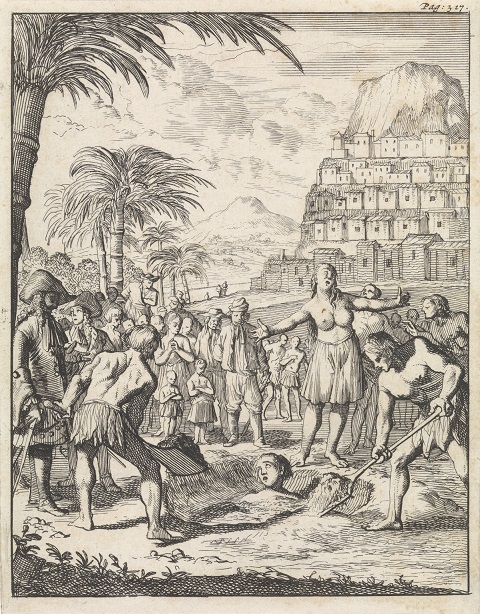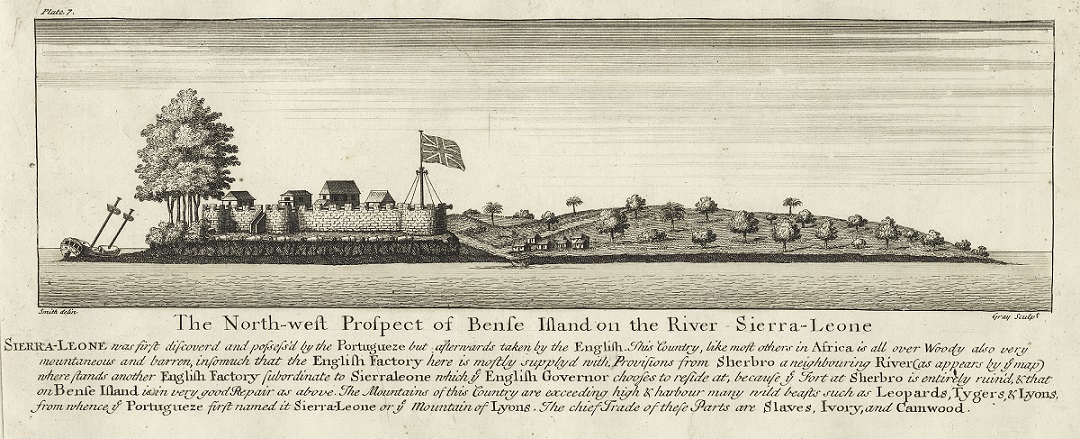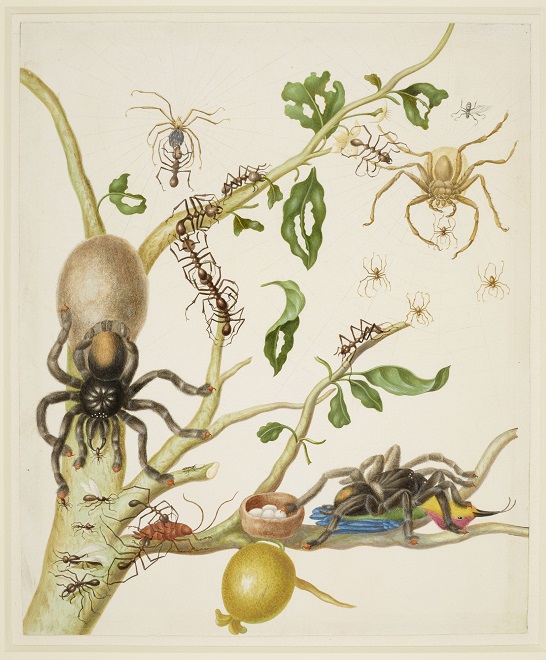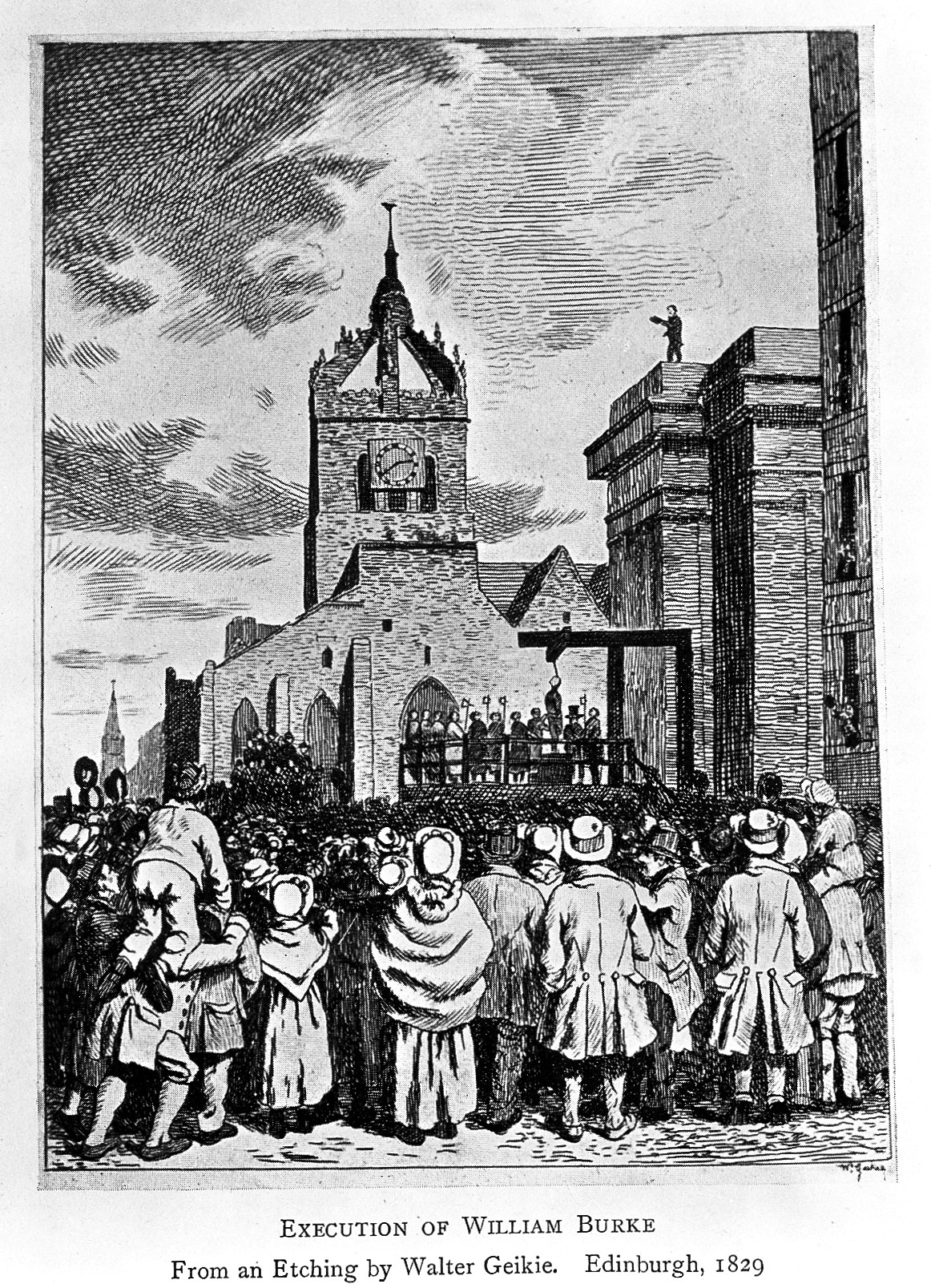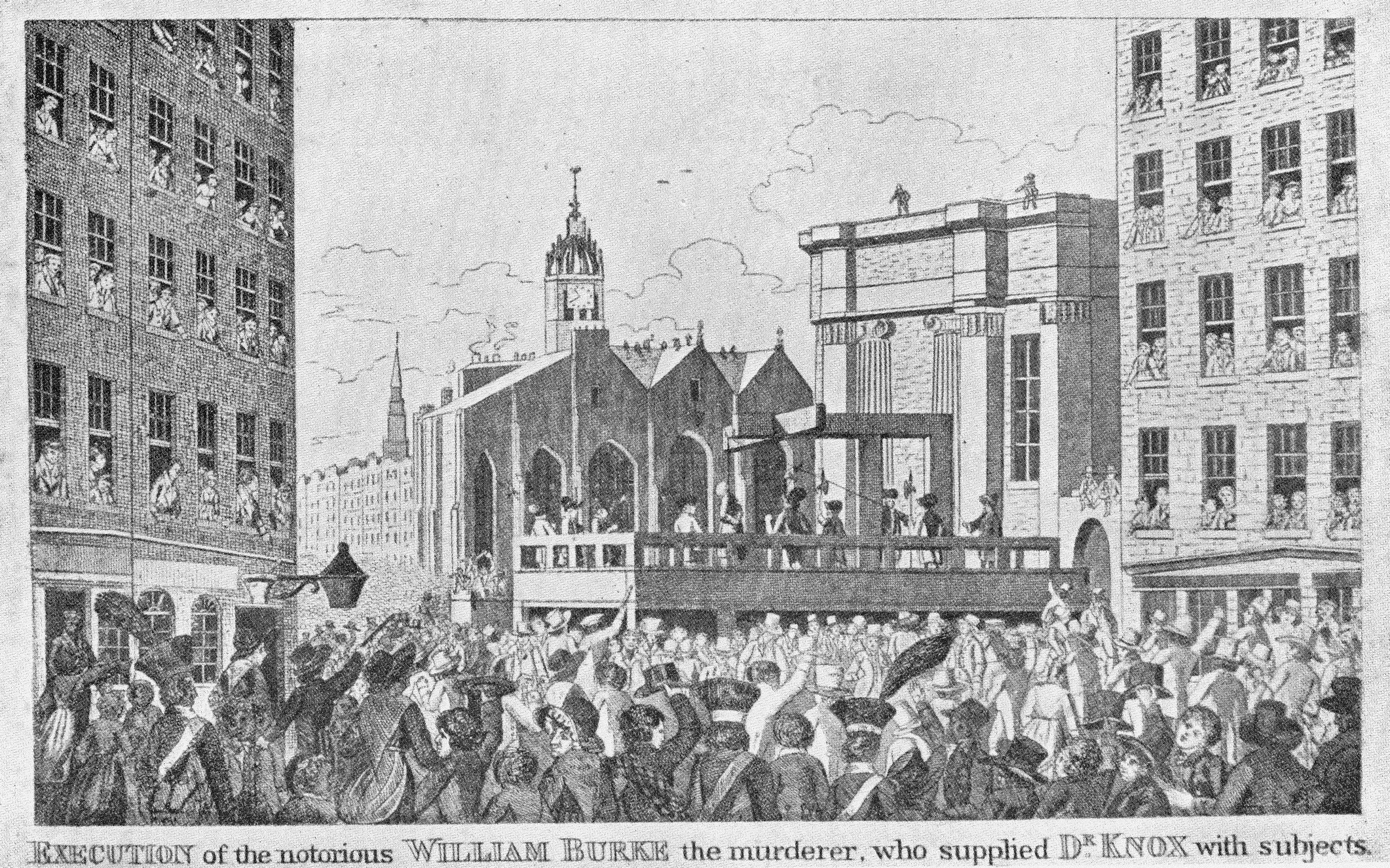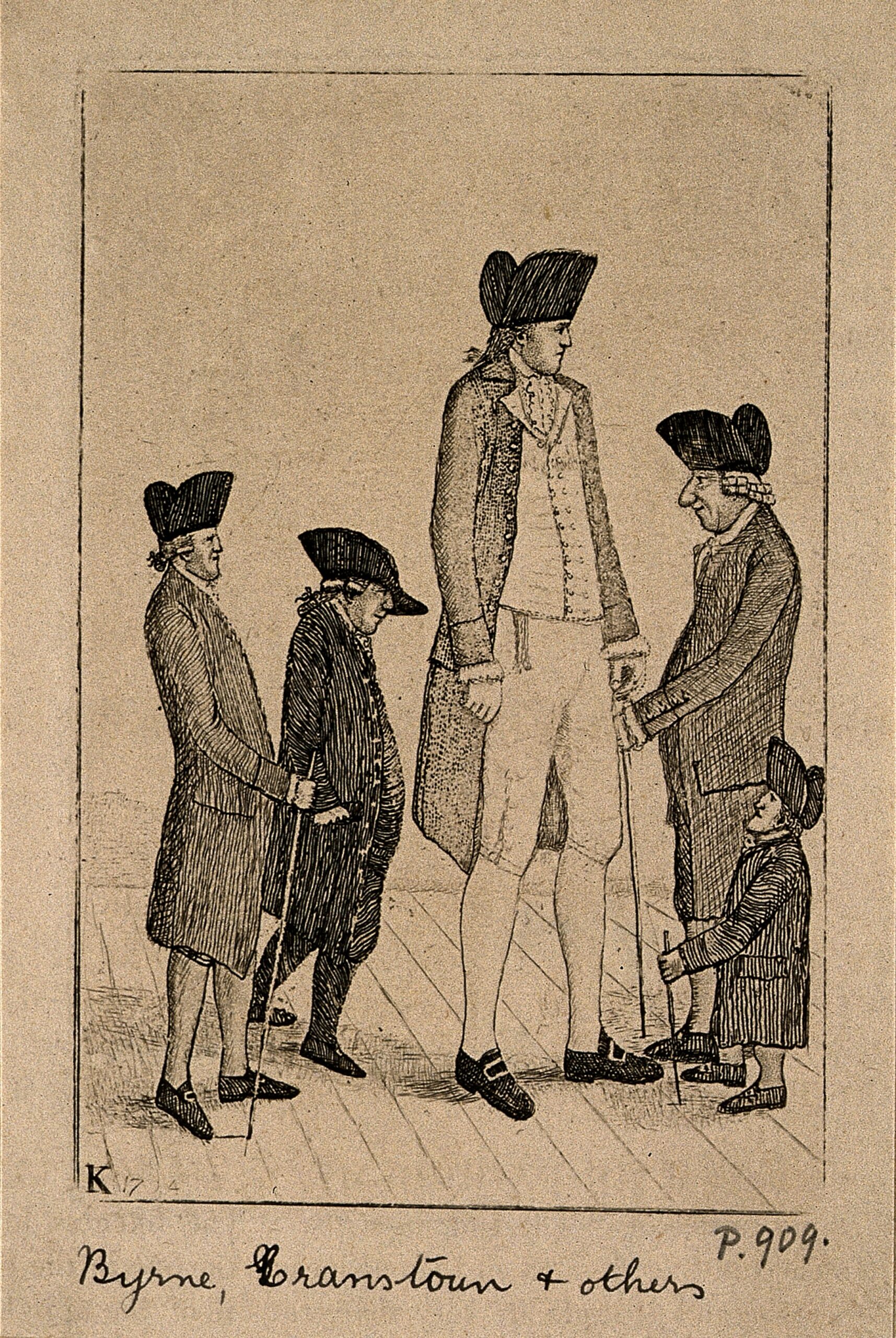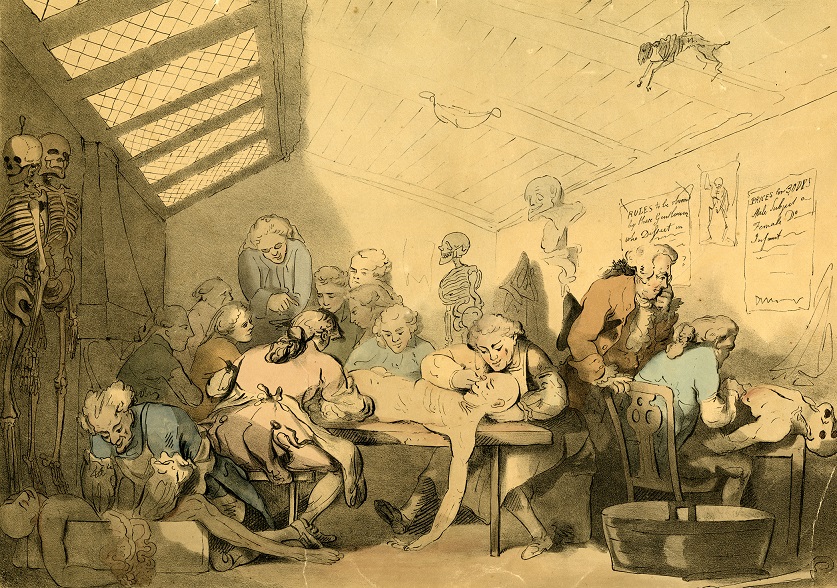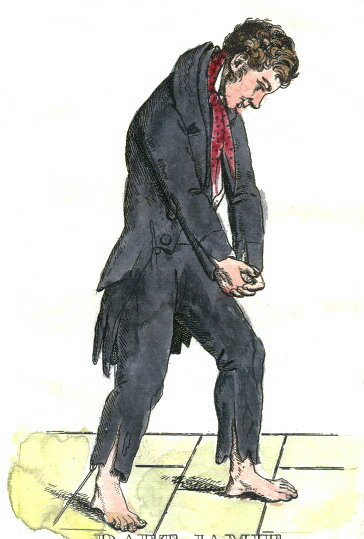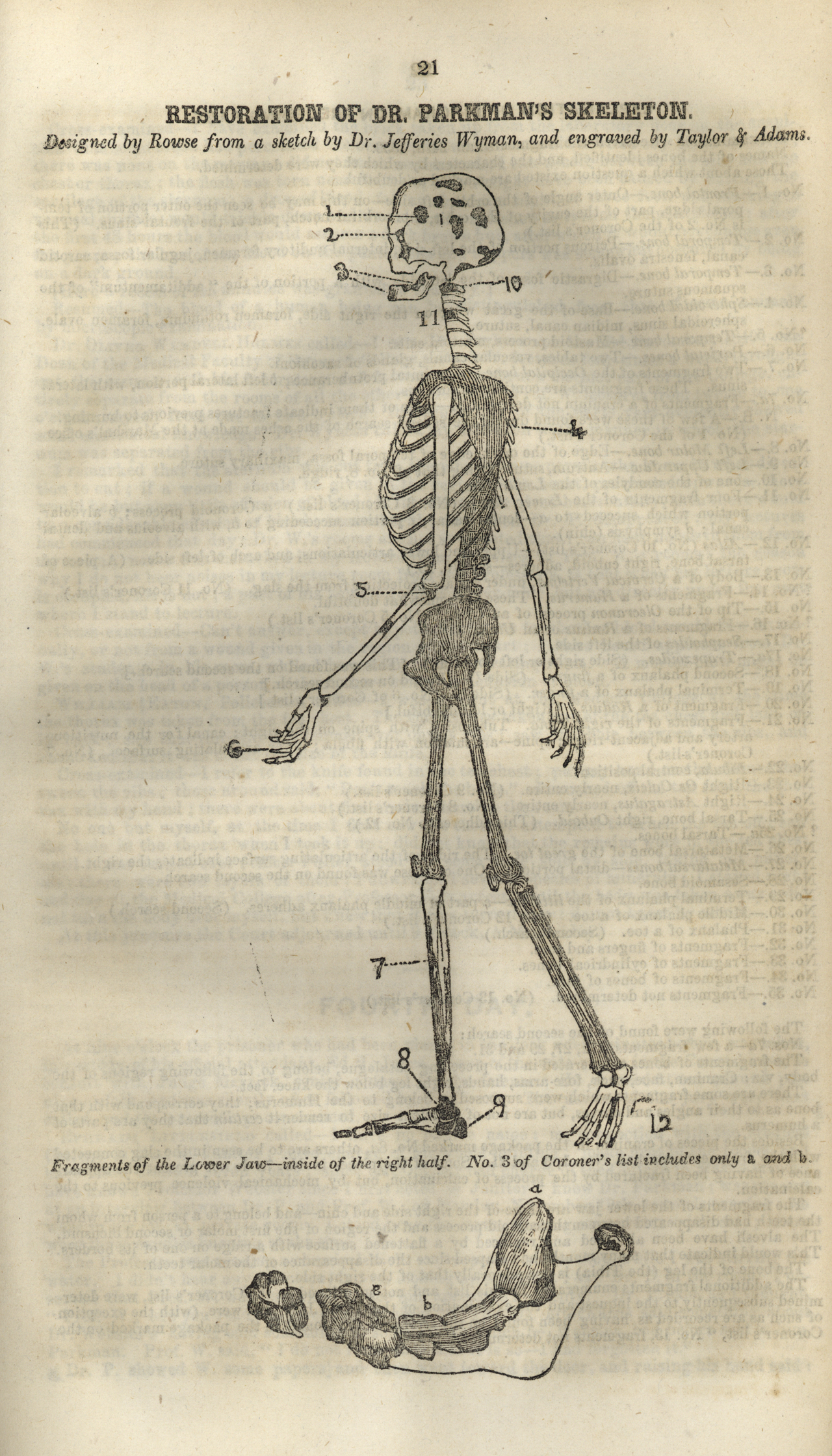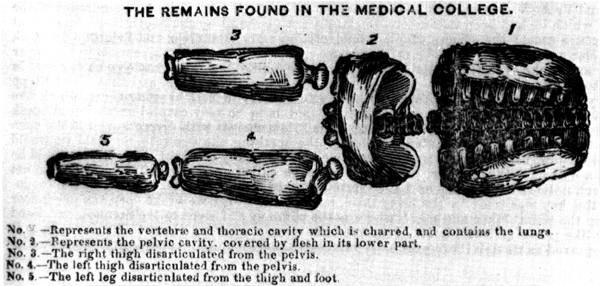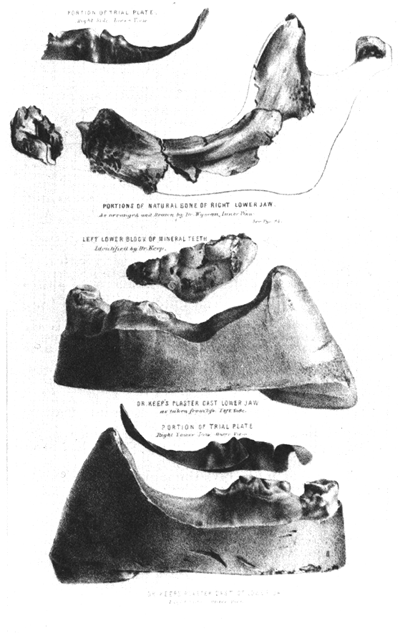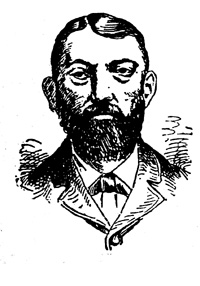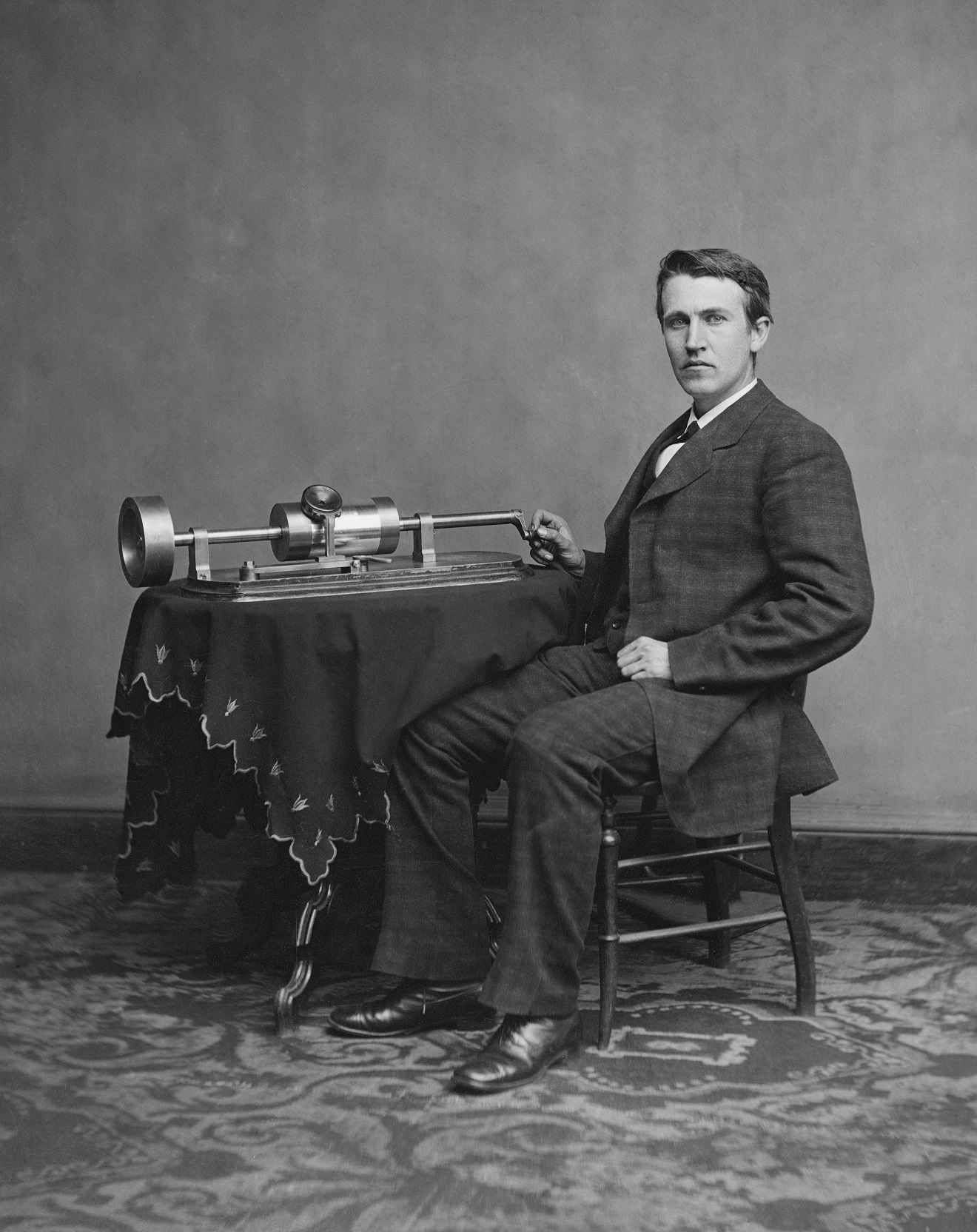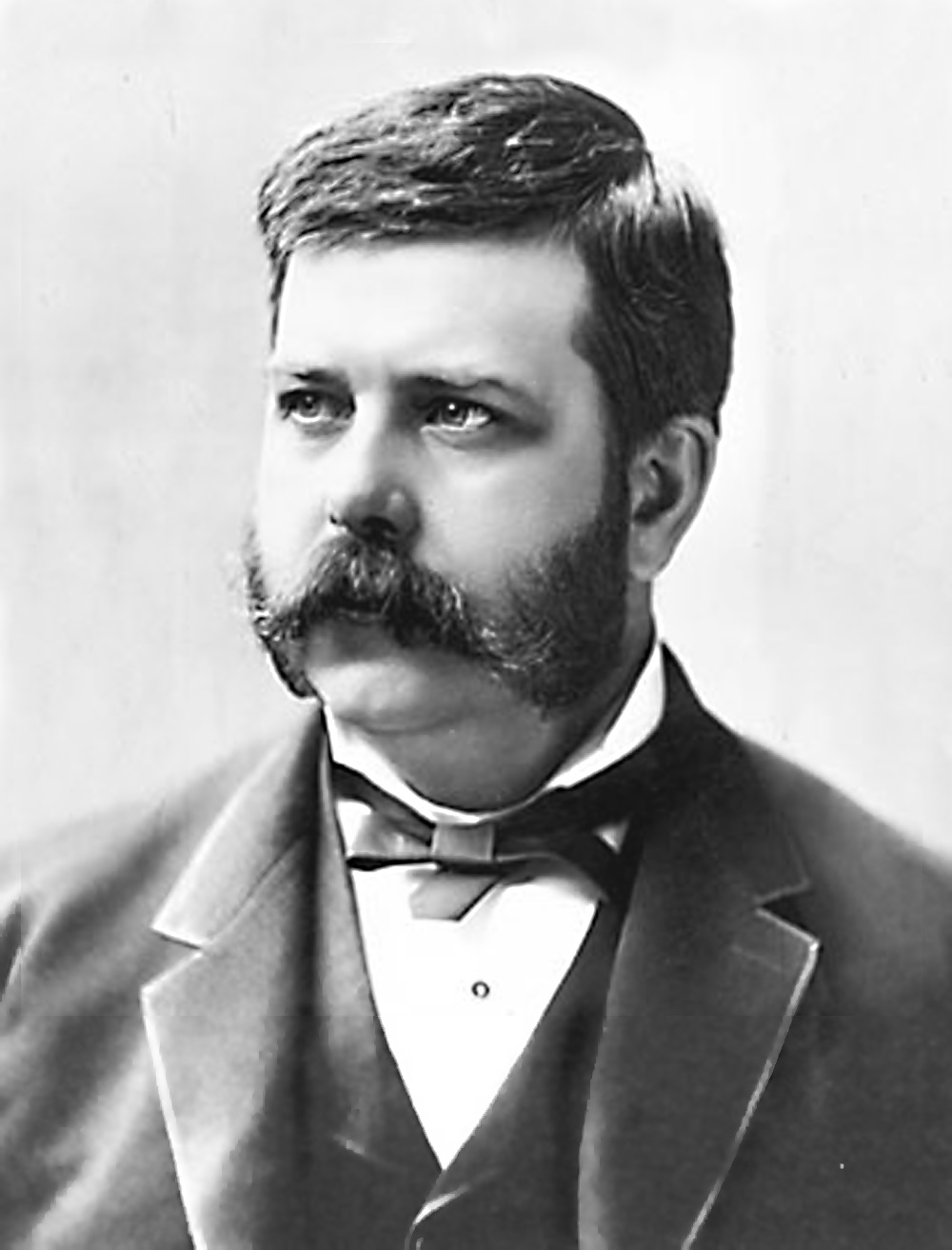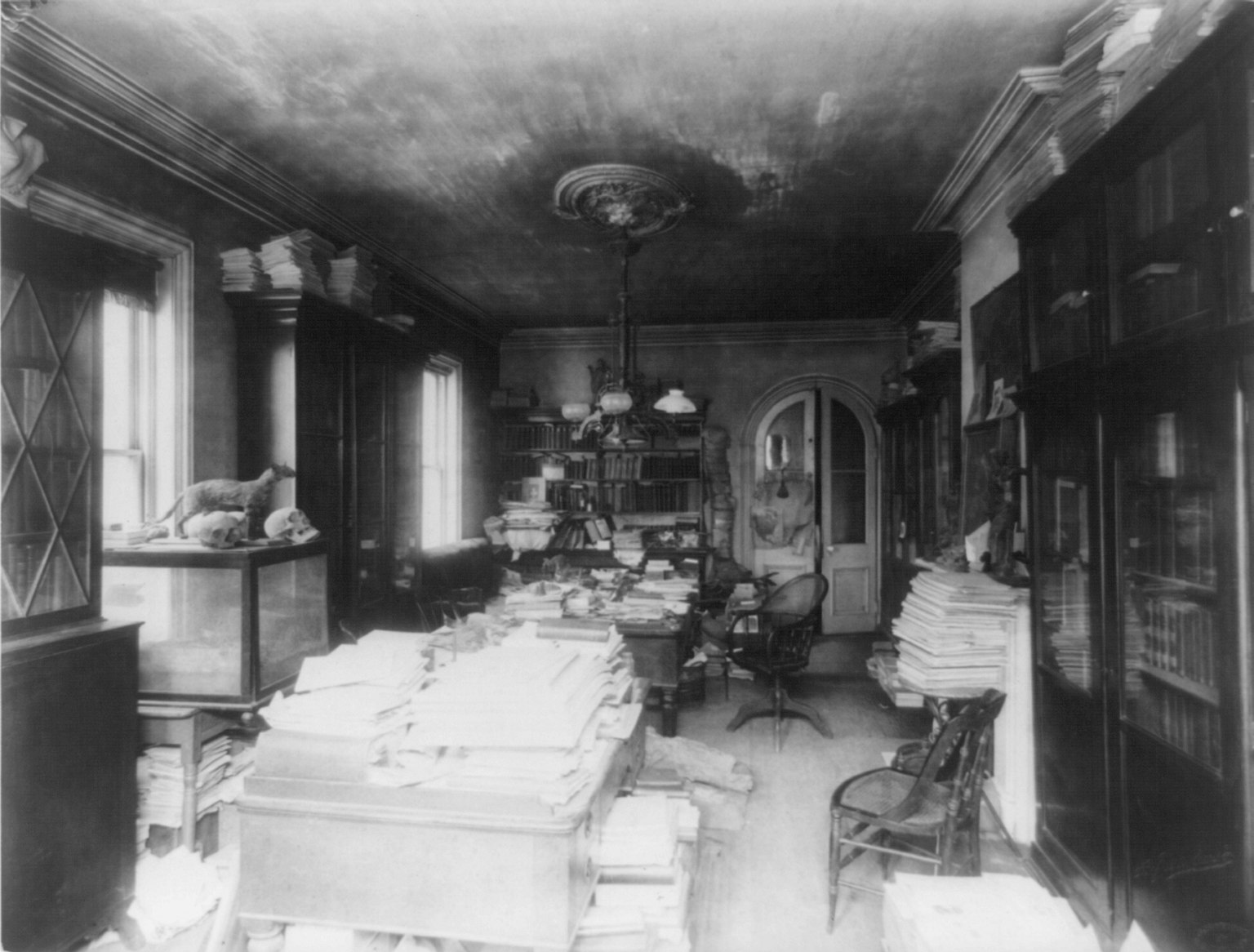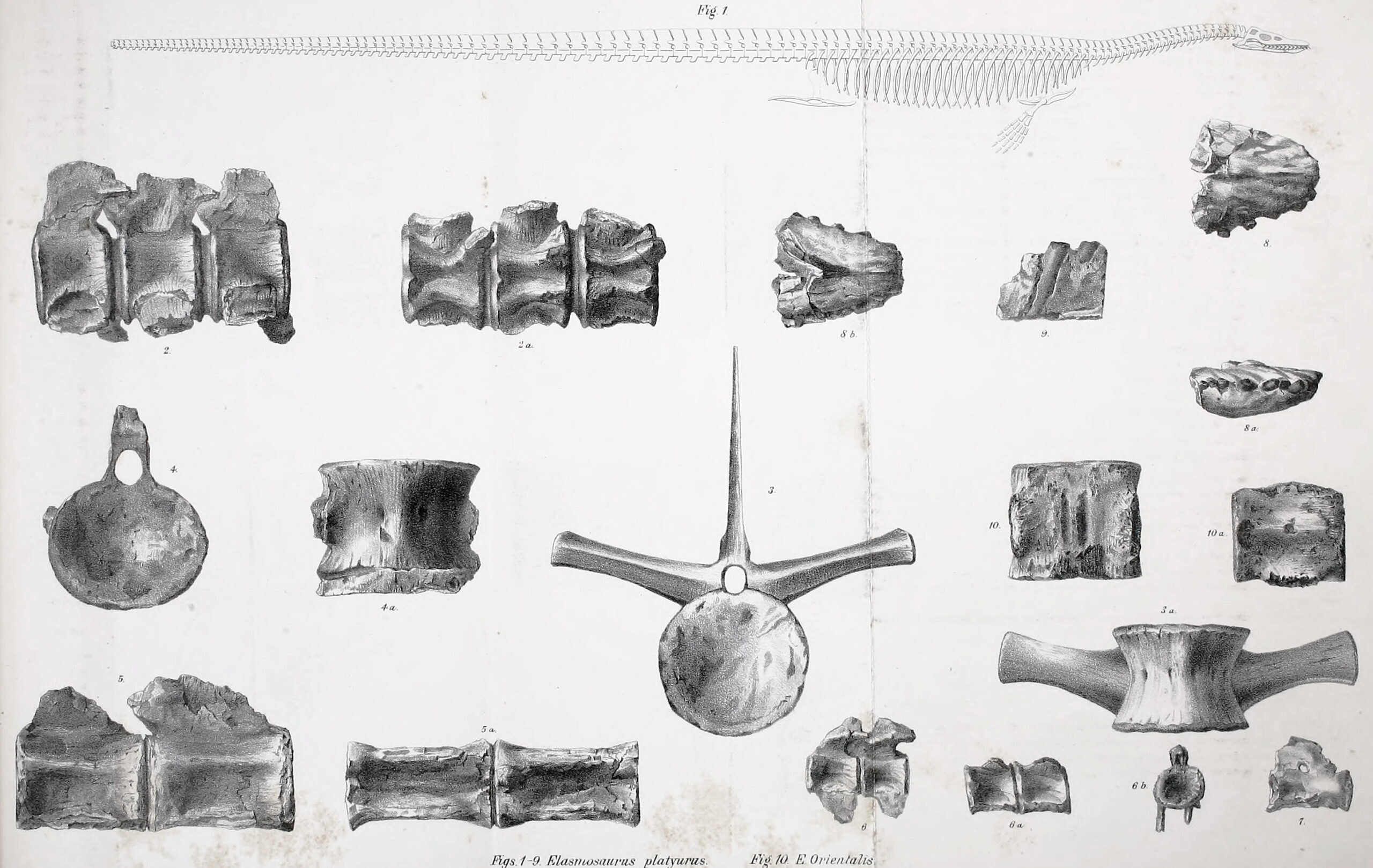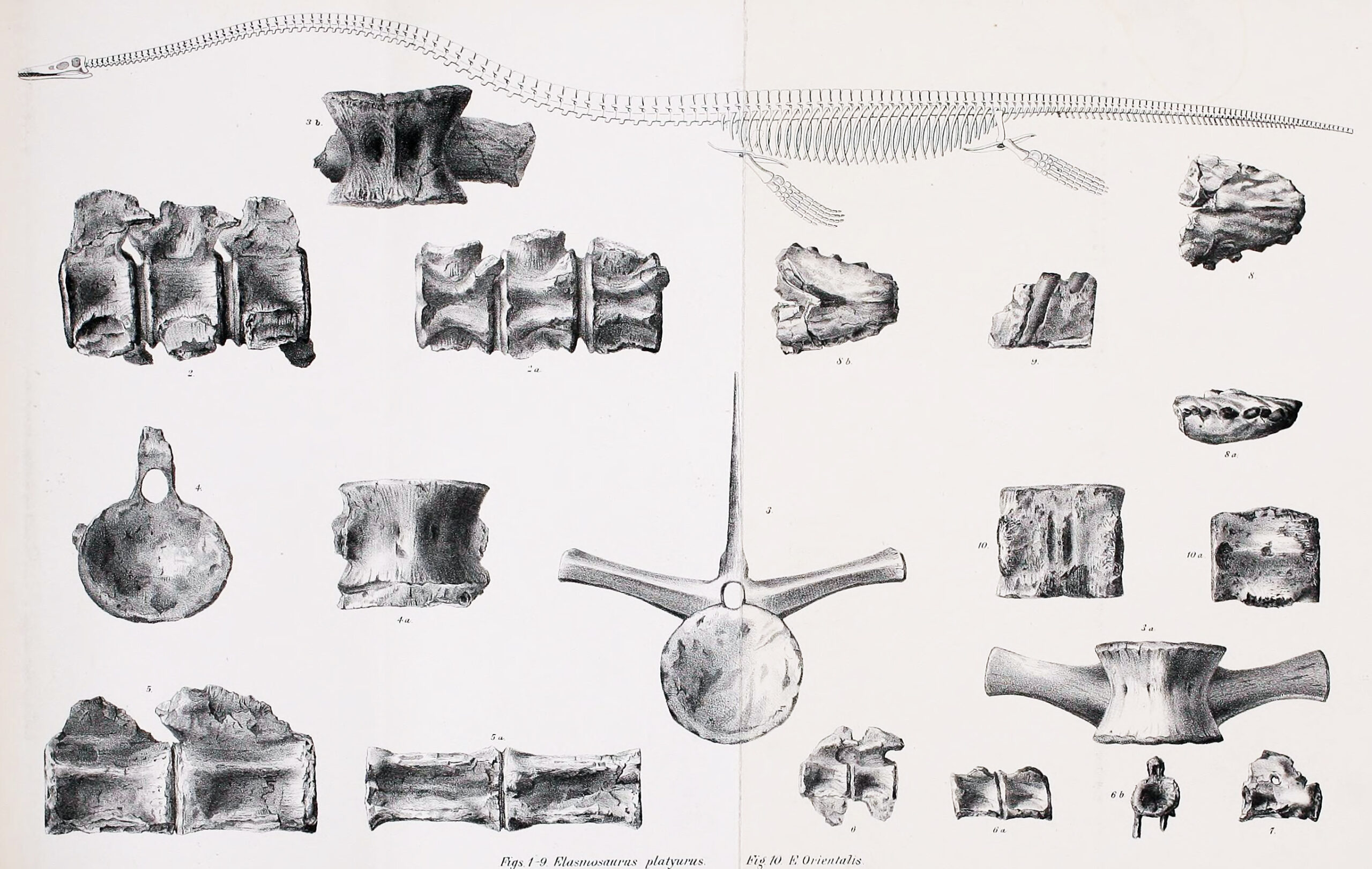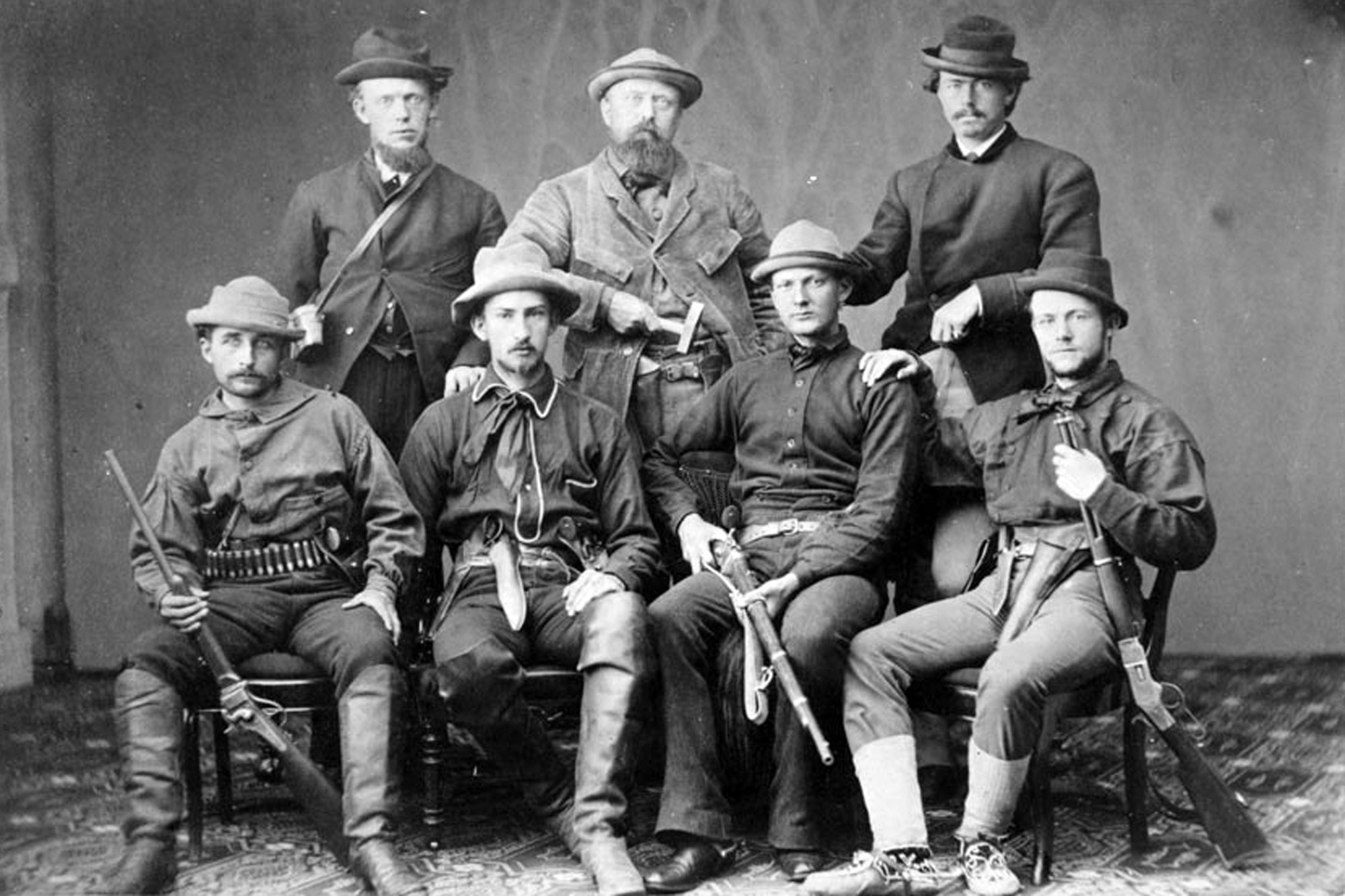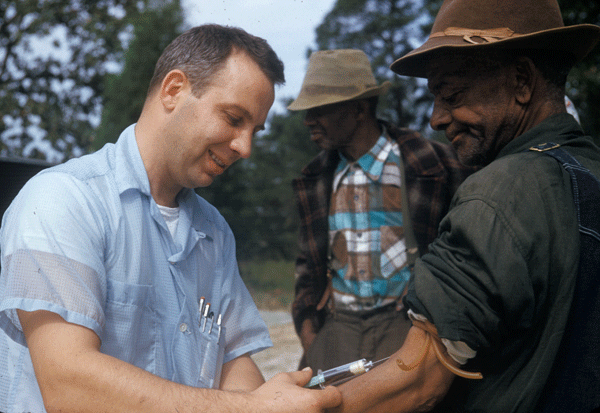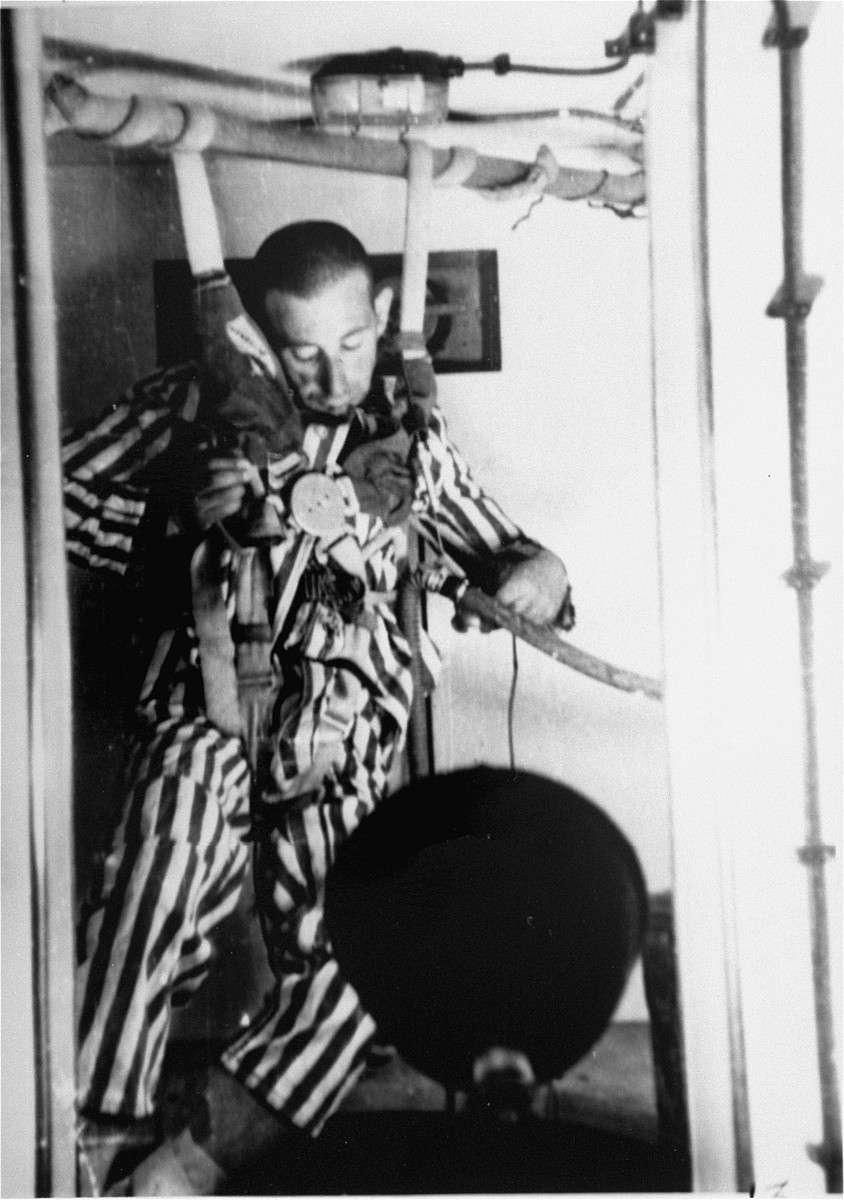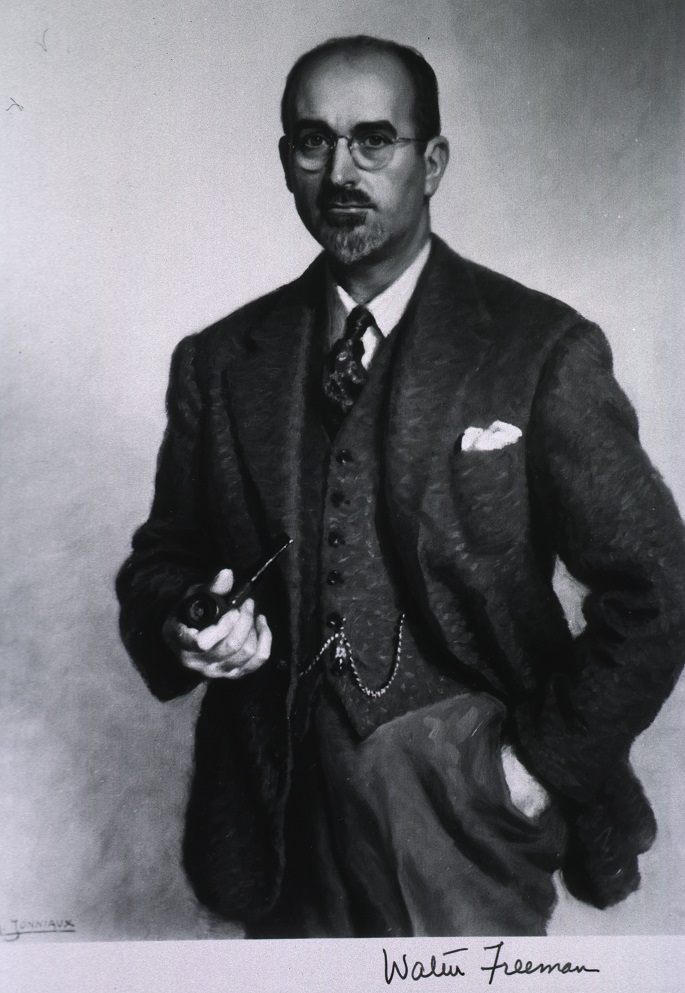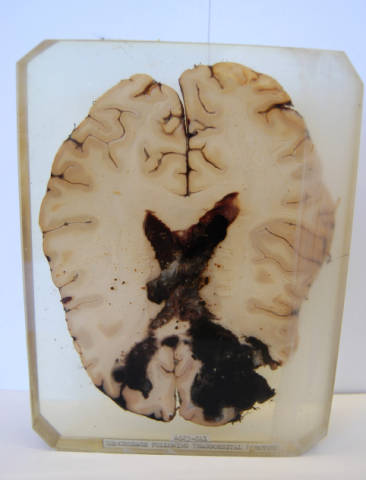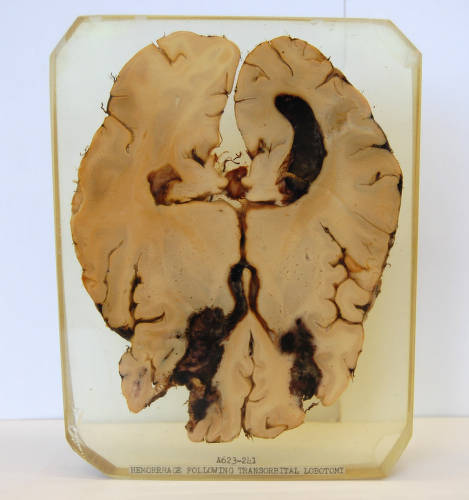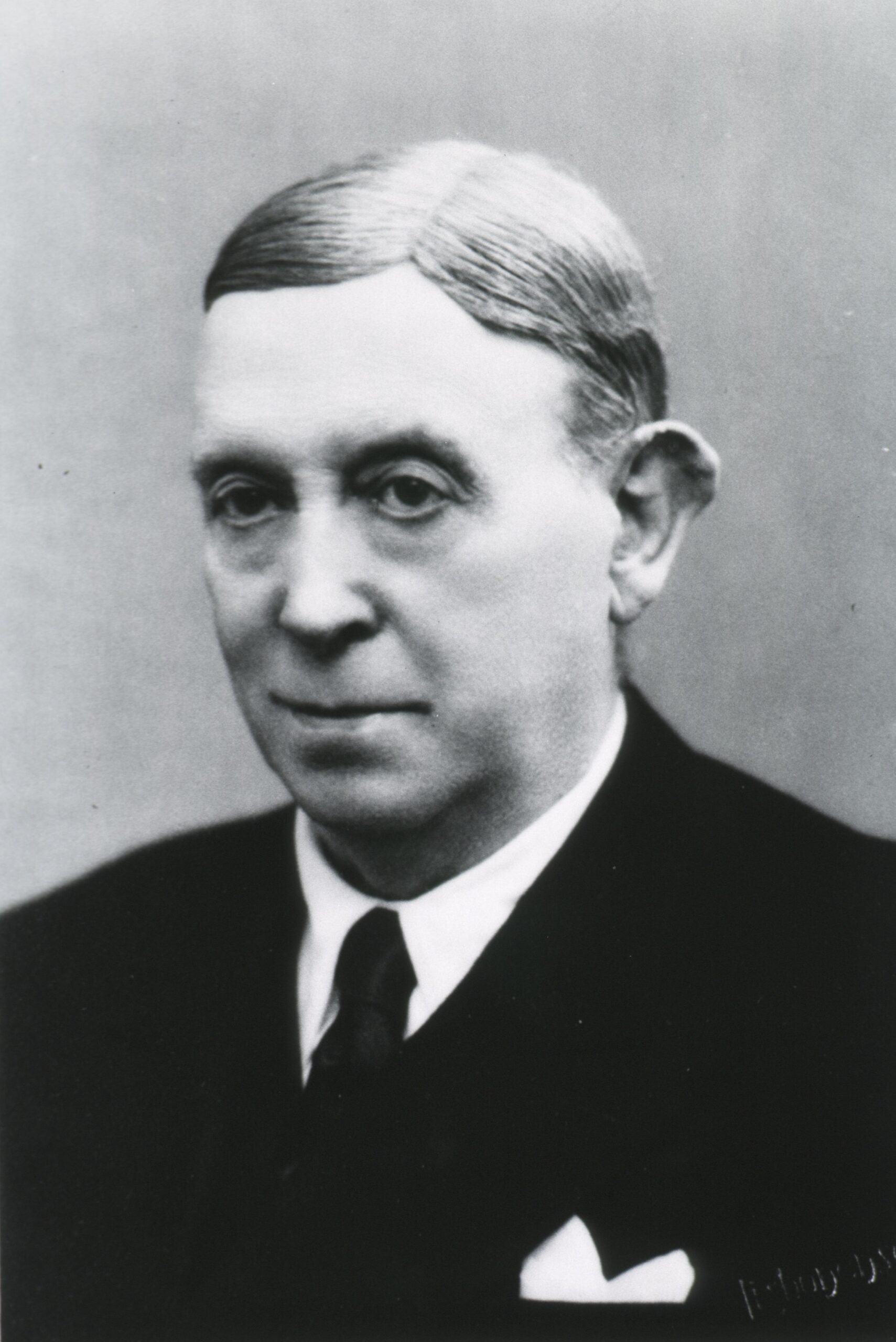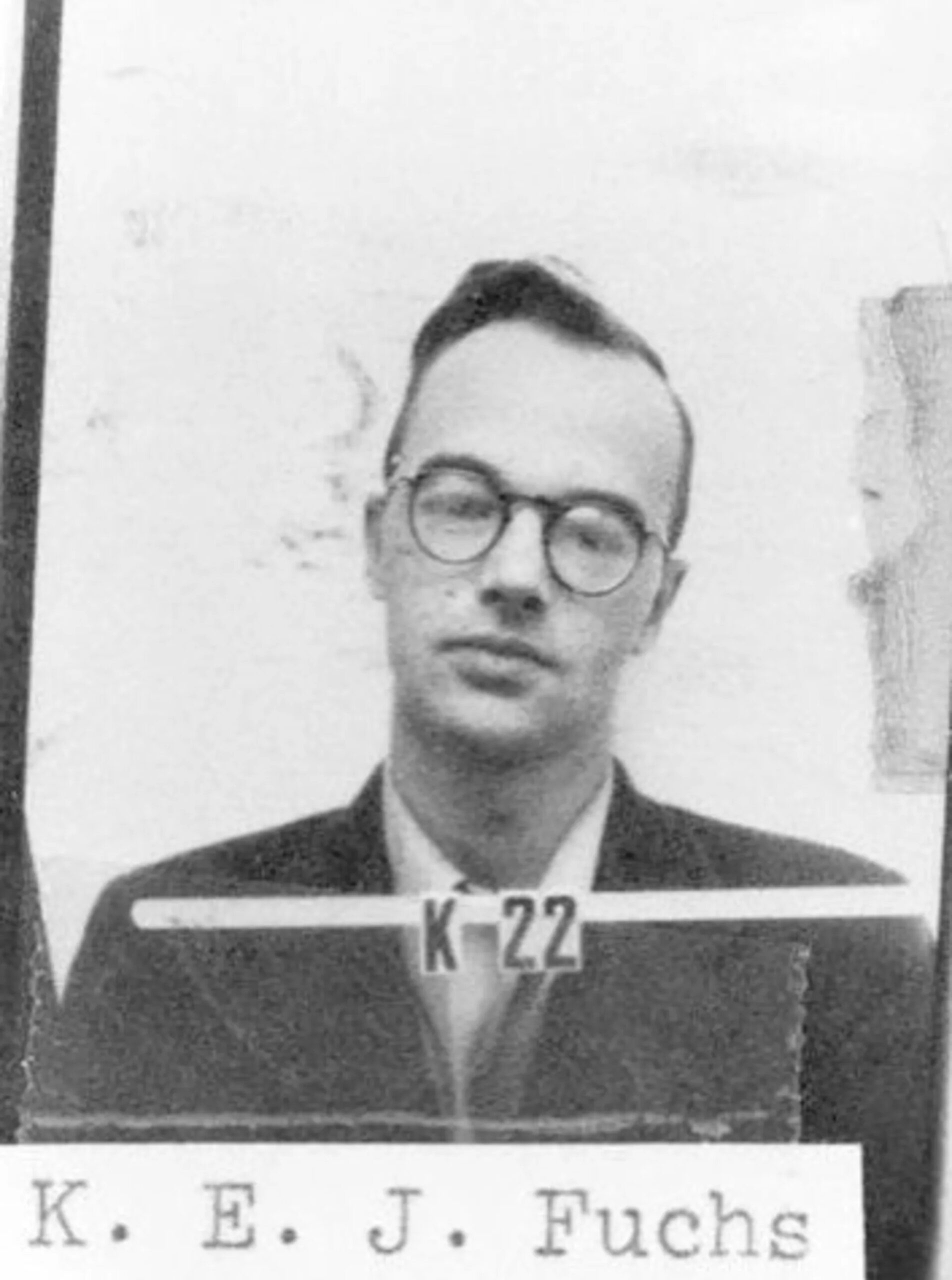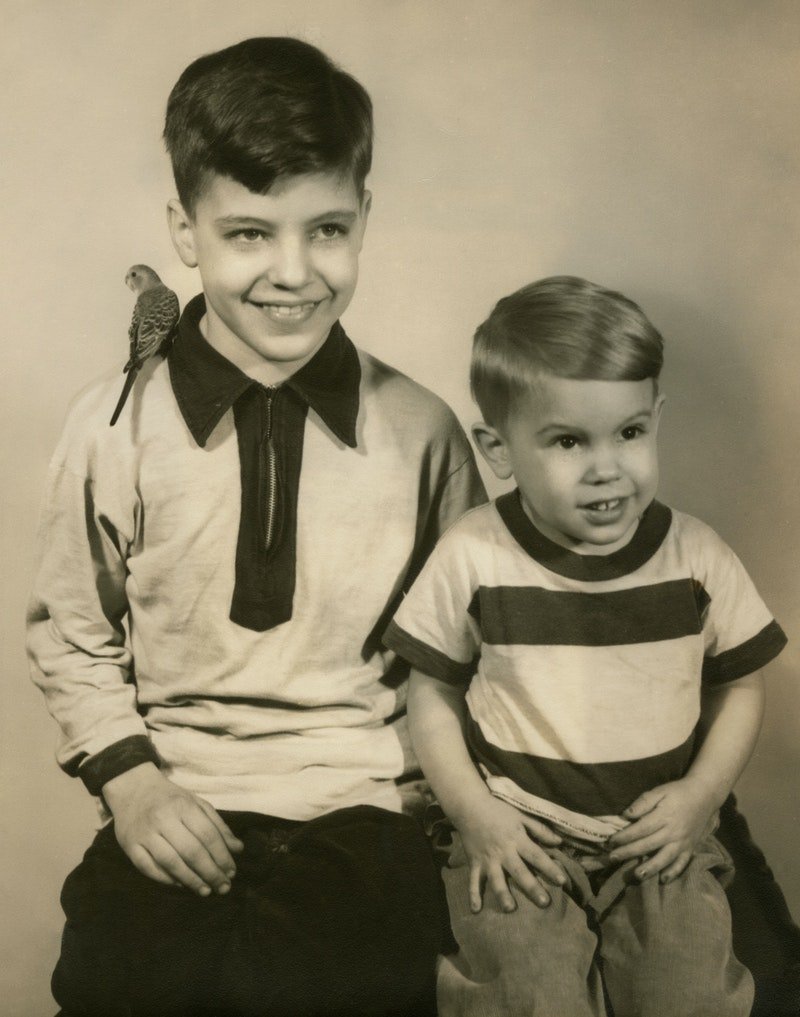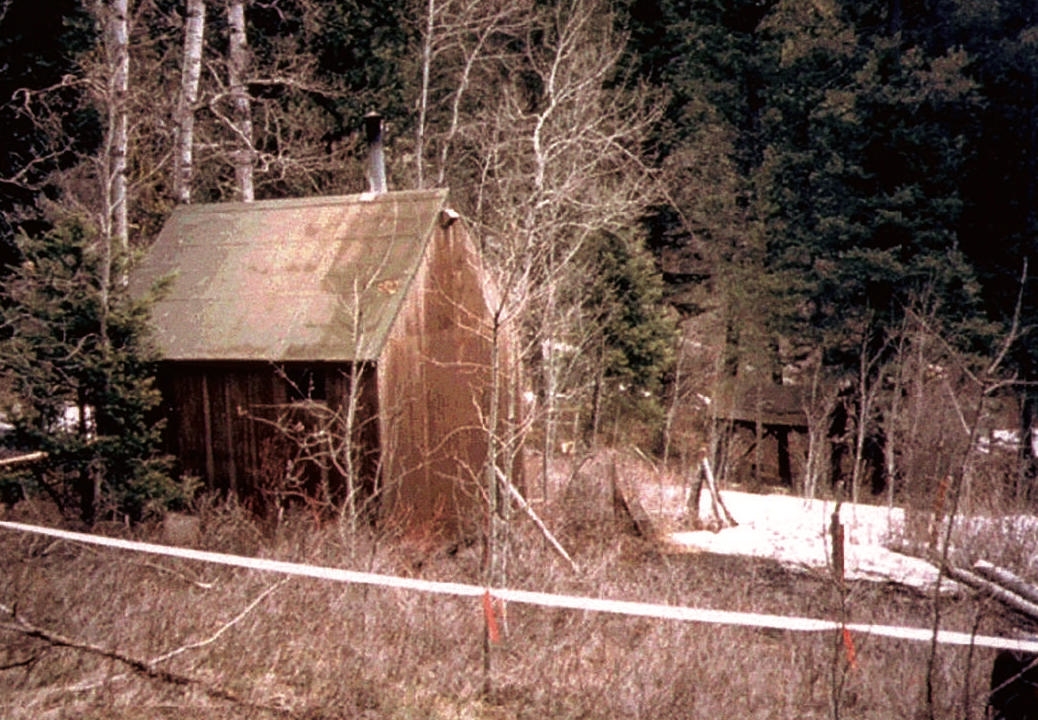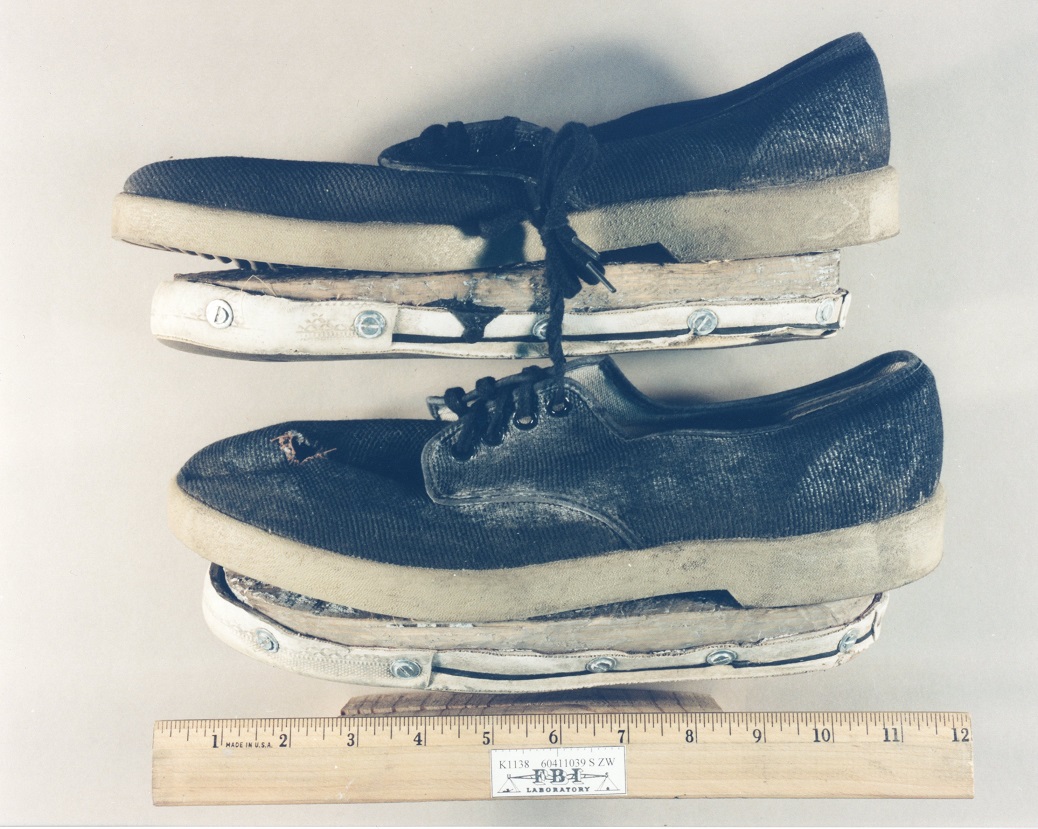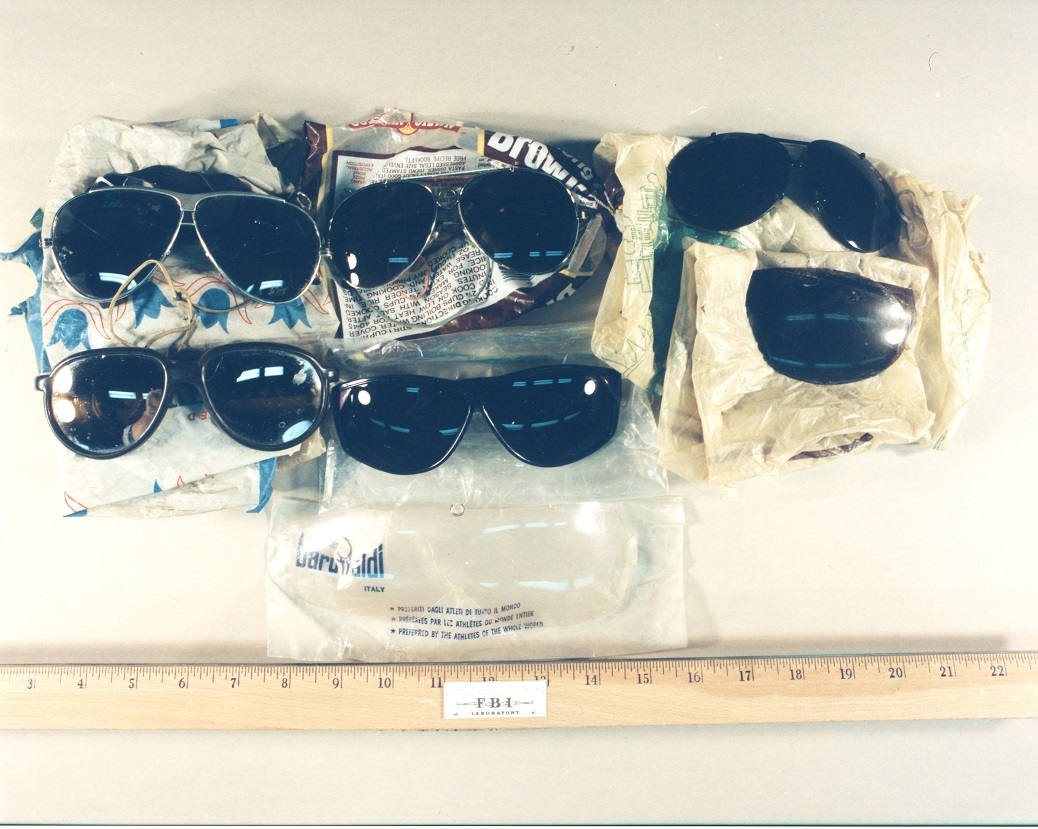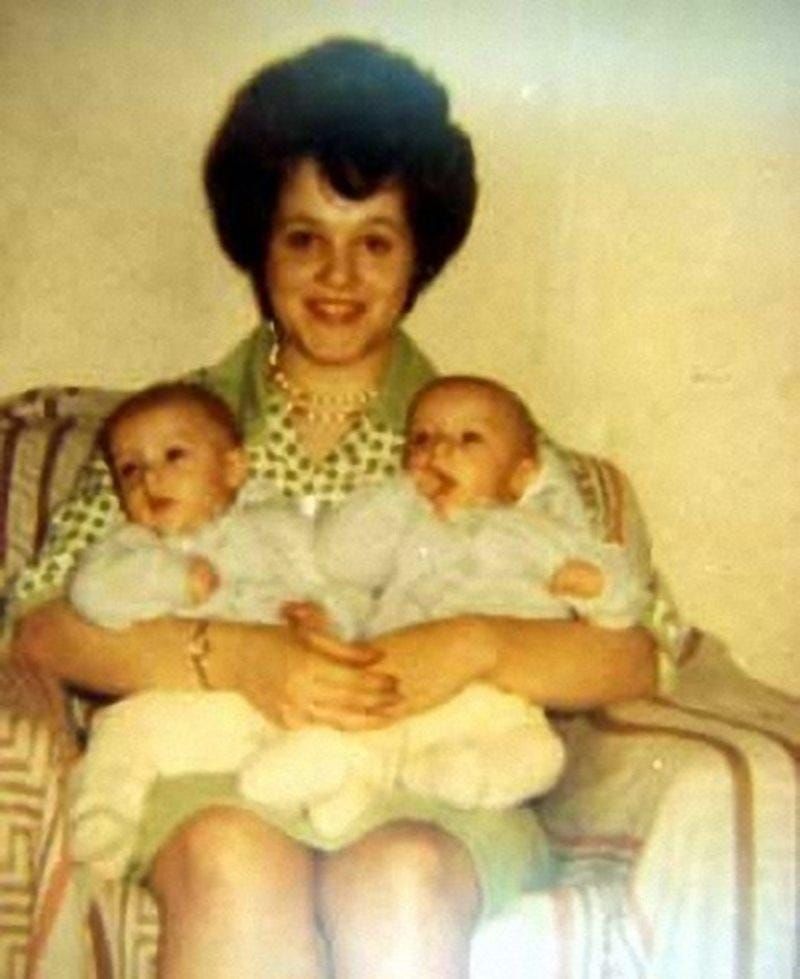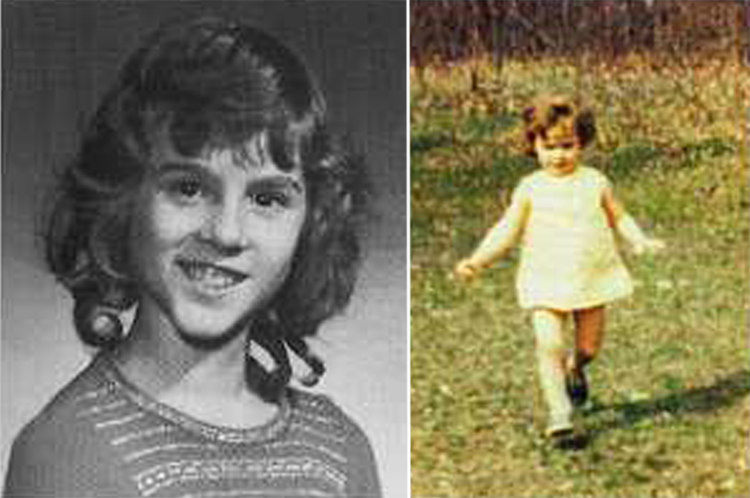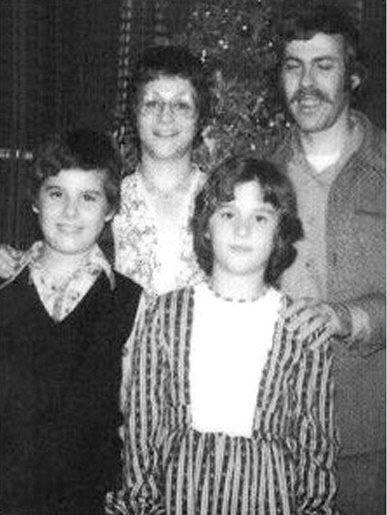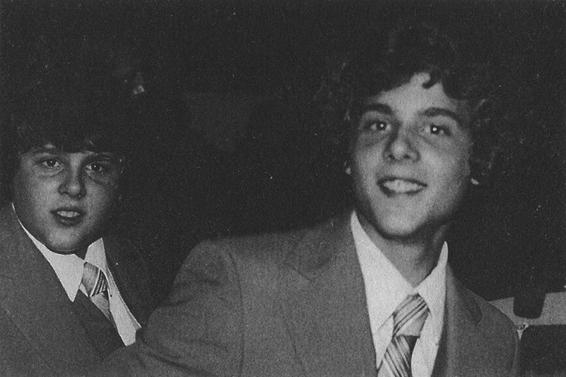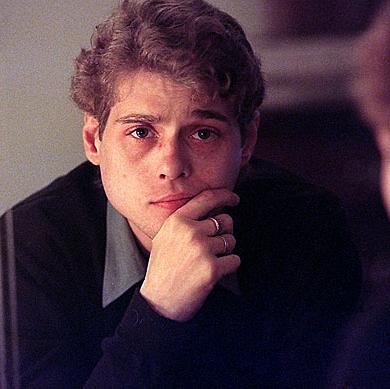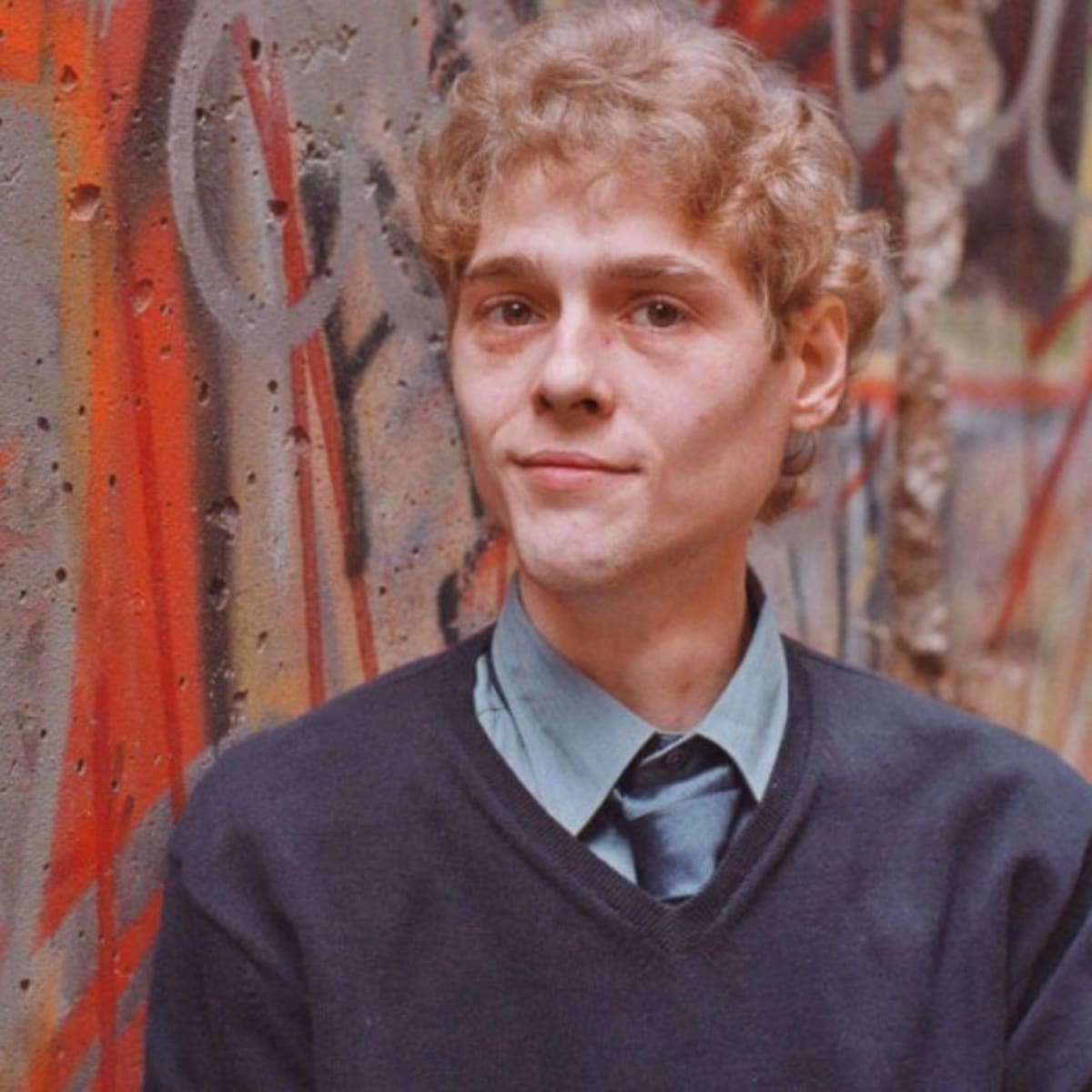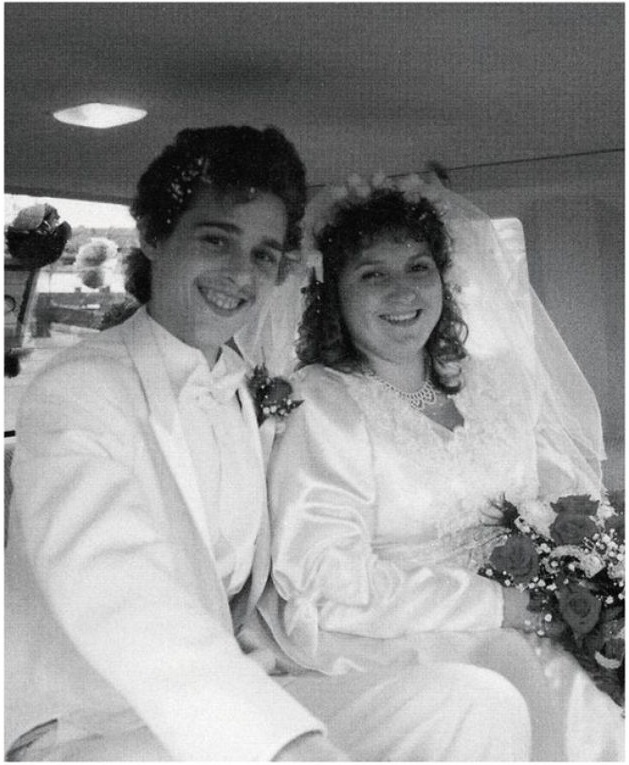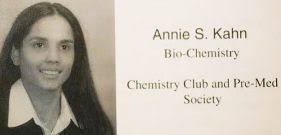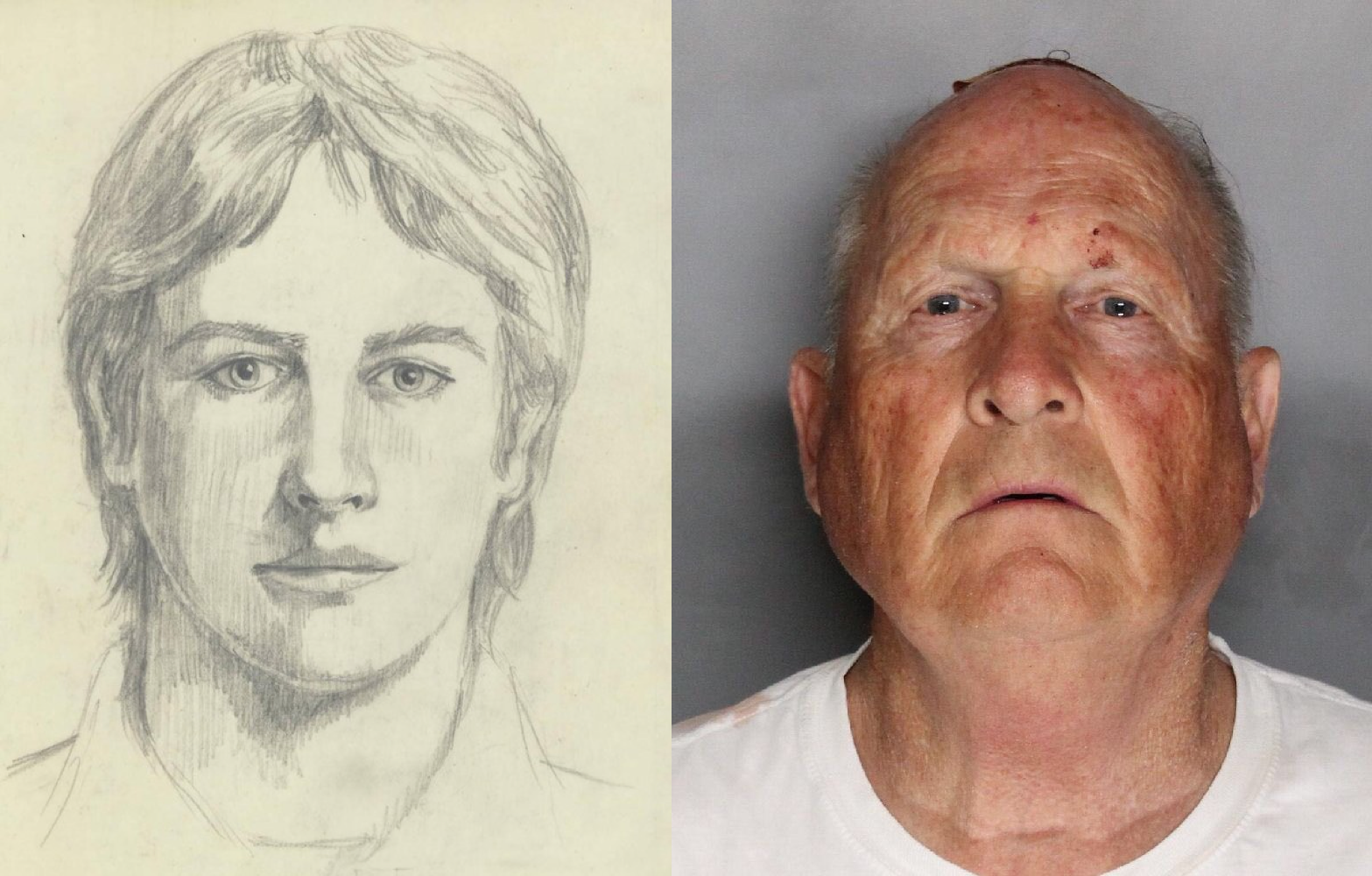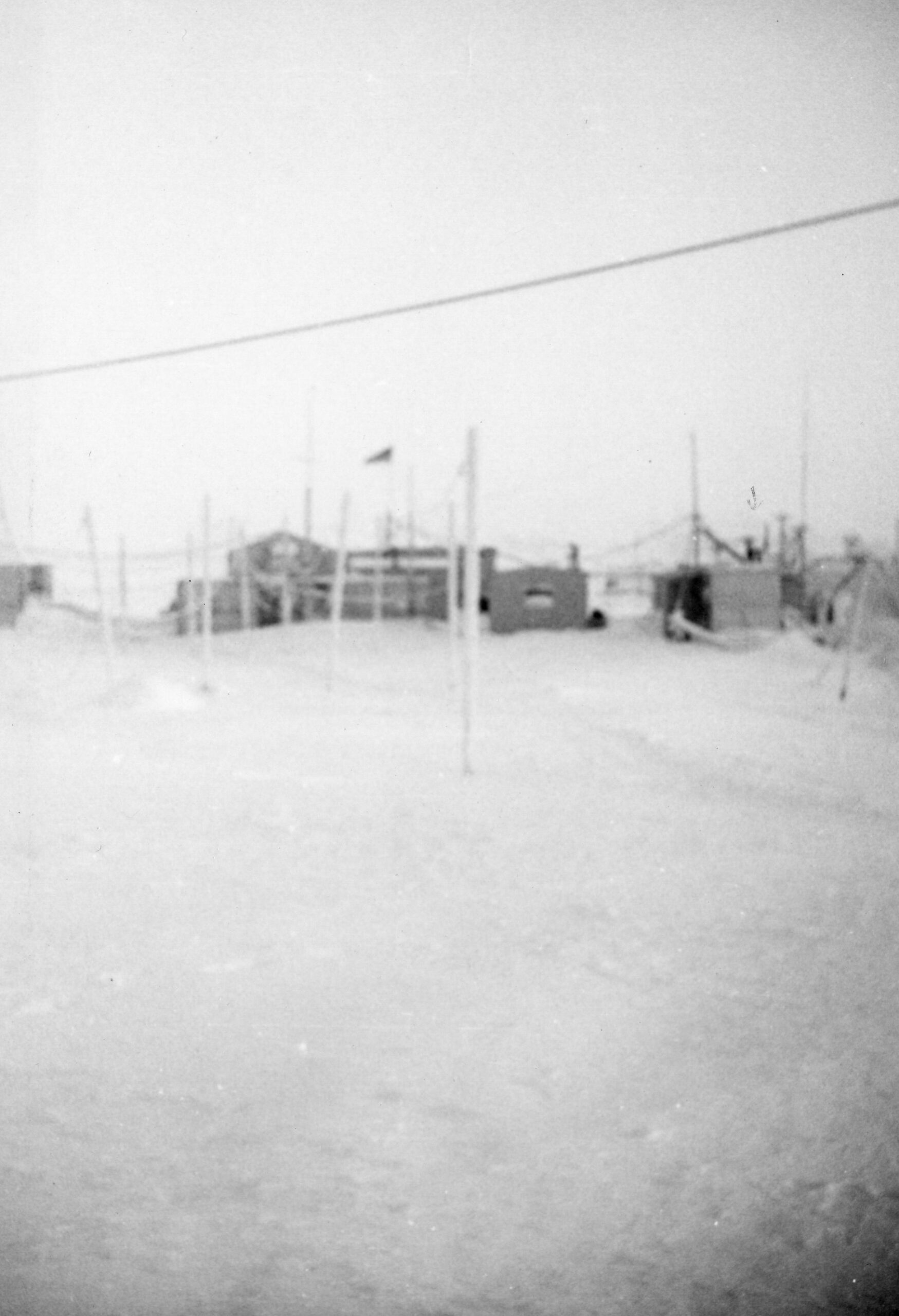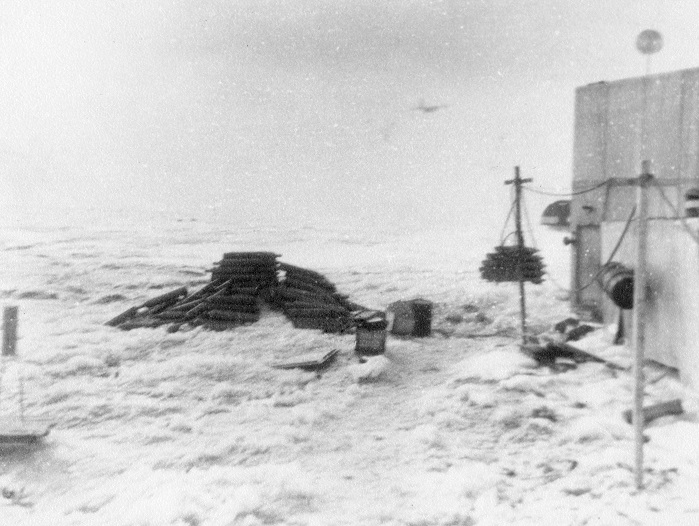Chapter One: Piracy
A man being buried alive as punishment for theft on Formosa (modern Taiwan). Engraving by Caspar Luiken.
Chapter Two: Slavery
Bunce (or Bence) Island, the strange slave port with a two-hole golf course on the far side.
A gruesome picture by the pioneering German biologist Maria Merian, the “mother of entomology.” Notice the tarantula killing the hummingbird in the lower right.
Chapter Three: Grave-Robbing
The execution of William Burke was a popular event. Notice the faces in every window, and people atop the church in the background.
The giant Charles Byrne, whose skeleton ended up in John Hunter’s “museum of human miseries.” Courtesy of Wellcome Trust.
A dissecting room. Notice how many students there are, and how few bodies. Painting by Thomas Rowlandson. Courtesy of Wellcome Trust.
Daft Jamie, a Burke-Hare murder victim.
Chapter Four: Murder
The recreation of George Parkman’s skeleton at the murder trial of Harvard chemist John White Webster. Courtesy of the National Library of Medicine.
The remains of George Parkman recovered from the lab of John White Webster at Harvard. Courtesy of the National Library of Medicine.
Bits of George Parkman’s jaw recovered from the lab of John White Webster at Harvard. Courtesy of the National Library of Medicine.
Chapter Five: Animal Cruelty
Electrical engineer, Edison partisan, and “lizard-blooded scientific promoter of murder” Harold Brown.
William Kemmler, the first person ever executed in the electric chair.
Thomas Edison and an early version of his phonograph—a brilliant invention that did not make him much money. Courtesy of Gallica, Bibliothèque nationale de France.
Alternating-current champion and Edison rival George Westinghouse. Courtesy of the Library of Congress.
Chapter Six: Sabotage
Hotheaded paleontologist Edward Drinker Cope’s overstuffed office.
Hotheaded paleontologist Edward Drinker Cope.
Edward Drinker Cope’s bungled Elasmosaurus (left) and the corrected version (right). Courtesy of the Biodiversity Heritage Library.
Brooding paleontologist Othniel Charles Marsh.
Brooding paleontologist Othniel Charles Marsh with his crew of Yale boys before their first fossil-hunting expedition to the American West. Courtesy of Yale University.
Chapter Seven: Oath-Breaking
A U.S. Public Health Service doctor withdraws blood from the arm of a patient during the infamous Tuskegee syphilis study in Alabama. Courtesy of the National Archives and Records Administration.
Nazi prisoner subjected to painful, ultralow pressures as part of a barbaric medical experiment. Courtesy of the National Archives and Records Administration.
Chapter Eight: Ambition
The renegade “icepick lobotomist,” Dr. Walter Freeman. Courtesy of the National Library of Medicine.
A brain hemorrhage following a transorbital lobotomy. Courtesy of the University of Illinois at Chicago Library and Department of Neurosurgery.
Walter Freeman was probably the most famous doctor in the United States.
Dr. Egas Moniz, the glory-hungry neurologist who invented what would become known as the lobotomy. Courtesy of the National Library of Medicine.
Chapter Nine: Espionage
Atomic spy Klaus Fuchs’s ID badge for the Los Alamos weapons lab, part of the Manhattan Project. Courtesy of Los Alamos National Laboratory.
Chapter Ten: Torture
Theodore Kaczynski (left), the future Unabomber, along with his younger brother David (right), who eventually turned him in.
The Unabomber’s notorious cabin in Montana, which was much less remote than most media outlets reported. Courtesy of the FBI.
Shoes with fake soles that the Unabomber used to deceive law enforcement officials. Courtesy of the U.S. Marshals.
The famous Unabomber sketch. By Jeanne Boylan.
Aviator sunglasses used by the Unabomber to conceal his identity. Courtesy of the U.S. Marshals.
Chapter Eleven: Malpractice
Janet Reimer holding her twin sons Bruce and Brian, before the tragic botched circumcision.
Brenda in an undated grade-school picture (left). Brenda as a toddler, in one of her first dresses.
David (as Brenda, second from the right), along with his twin brother Brian and his mom and dad, sometime around Christmas.
David (left) and Brian, at the wedding that served as his coming out party. David is still carrying the extra weight he put on as Brenda, when she was binge-eating to mask her emerging breasts.
A picture of David as a young man.
Another picture of David as a young man.
David at his wedding to Jane, in September 1990.
Chapter Twelve: Fraud
Annie Dookhan running track in high school.
Undated yearbook photo of Annie Dookhan
Appendix: The Future of Crime
Original police sketch of the Golden State Killer from the 1970s (left), courtesy of the FBI. Mugshot of the convicted killer, Joseph James DeAngelo (right), courtesy of the Sacramento Sheriff’s Office.
The T-3 “ice island” camp, where one of the knottiest homicides in history took place in 1970. Courtesy of the U.S. Geological Survey.
Interior of a hunt on the T-3 “ice island” camp, where one of the knottiest homicides in history took place in 1970. Courtesy of the U.S. Geological Survey.

